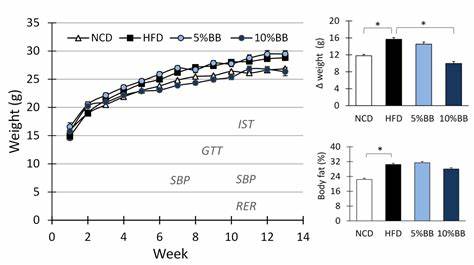the development of full-blown type 2 diabetes
contribute to insulin resistance
An increased concentration of these amino acids may even appear several years before the development of full-blown type 2 diabetes [9]. However, whether BCAAs are simply markers of insulin resistance or directly contribute to insulin resistance remains uncertain. It has been suggested that circulating BCAAs increase negative feedback (by activating the target mammalian rapamycin) to the insulin receptor 1 substrate, which promotes insulin resistance and impairs glucose metabolism [8]. The relationship between BCAAs and other cardiometabolic risk factors is less well known.

BCAA concentrations
Yang et al. found that BCAA concentrations are positively associated with the risk factors of coronary artery disease (CAD), e.g., carotid intima-media thickness (cIMT), BMI, blood pressure, fasting blood glucose, TG, apoB, apoB/apoAI ratio, and CRP, and negatively with HDL-C [10]. A recent study has suggested that BCAAs could present lipid-related cardiovascular (CVD) risks to some extent by affecting lipid metabolism in the Chinese population [11]. It was found that the association between BCAAs and CVD risk is much more pronounced in
- women who developed T2DM prior to a CVD event
- the authors conclude that impaired BCAA metabolism may represent a pathway underlying the pathophysiology that links the risks of T2D and CVD [12].
Mels et al. also observed that BCAAs are independently related to blood pressure and cIMT in individuals with high HbA1c levels, which may suggest that BCAAs play a role in cardiovascular health, especially in the conditions of hyperglycemia
 Euro
Euro
 US Dollar
US Dollar
